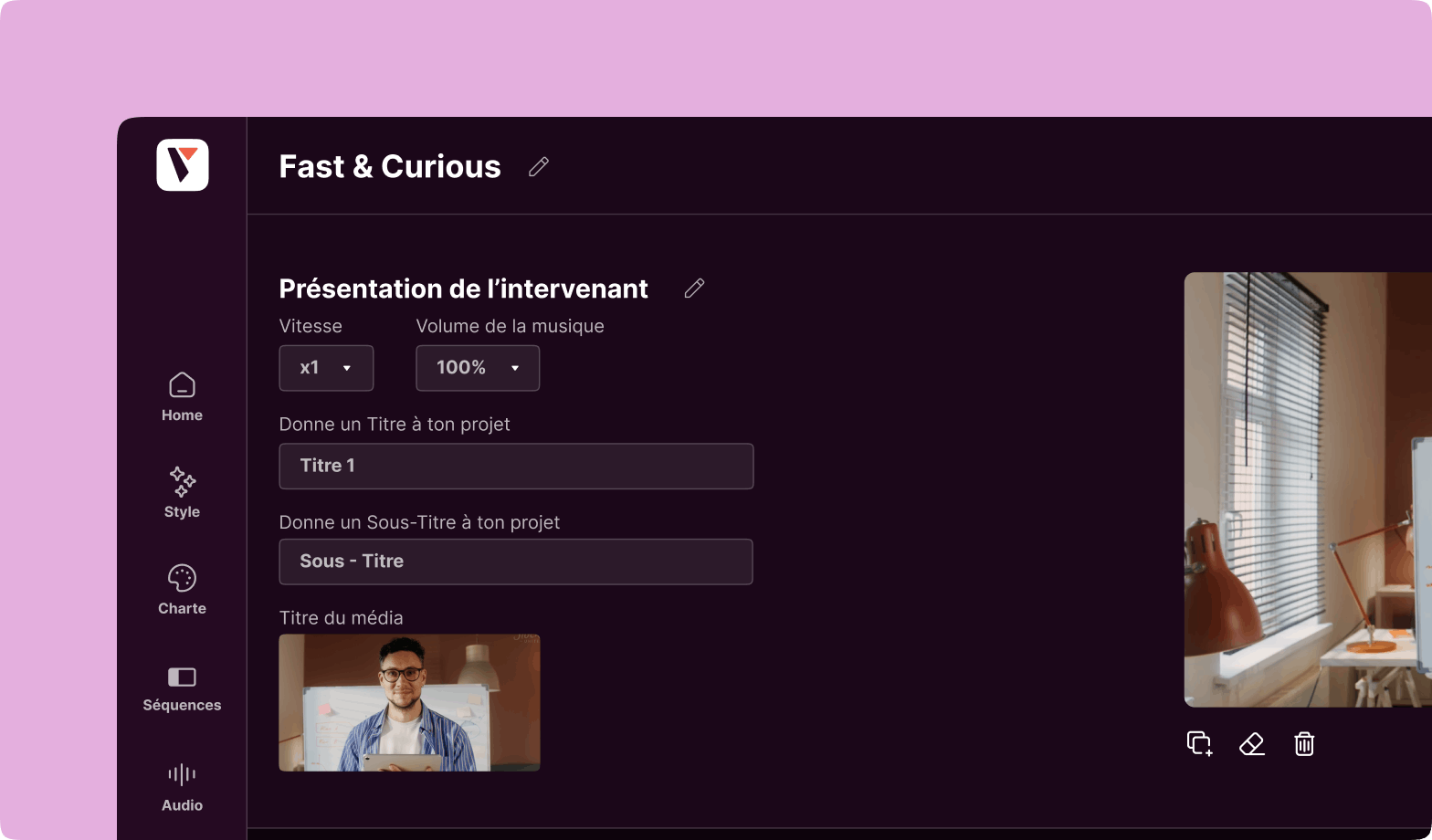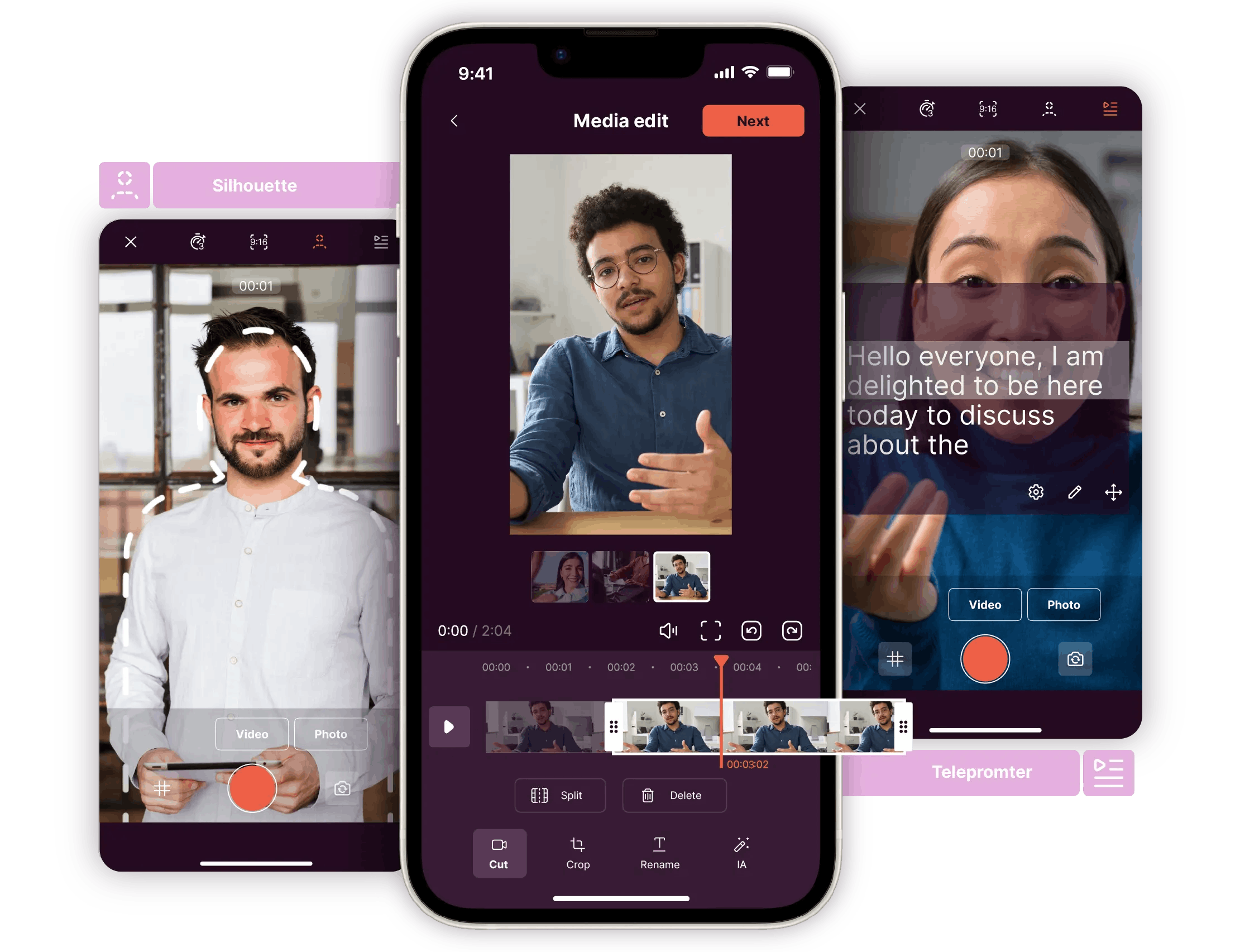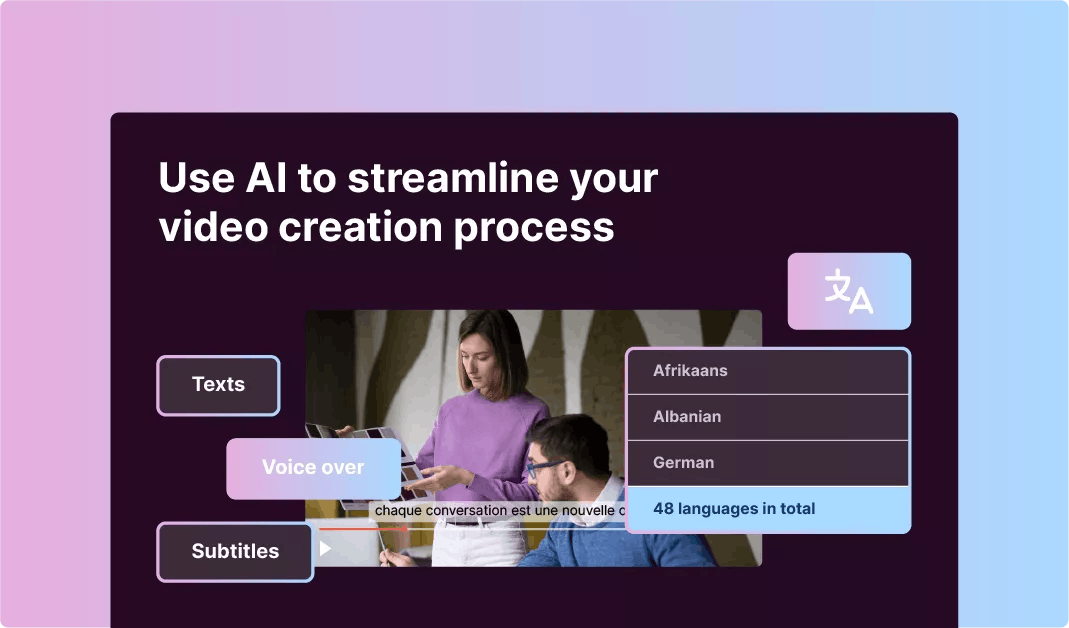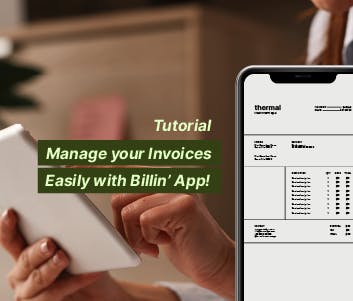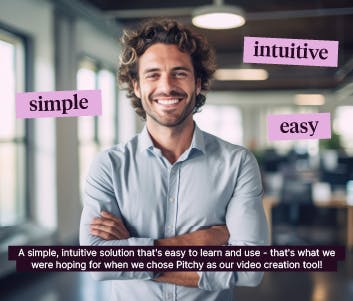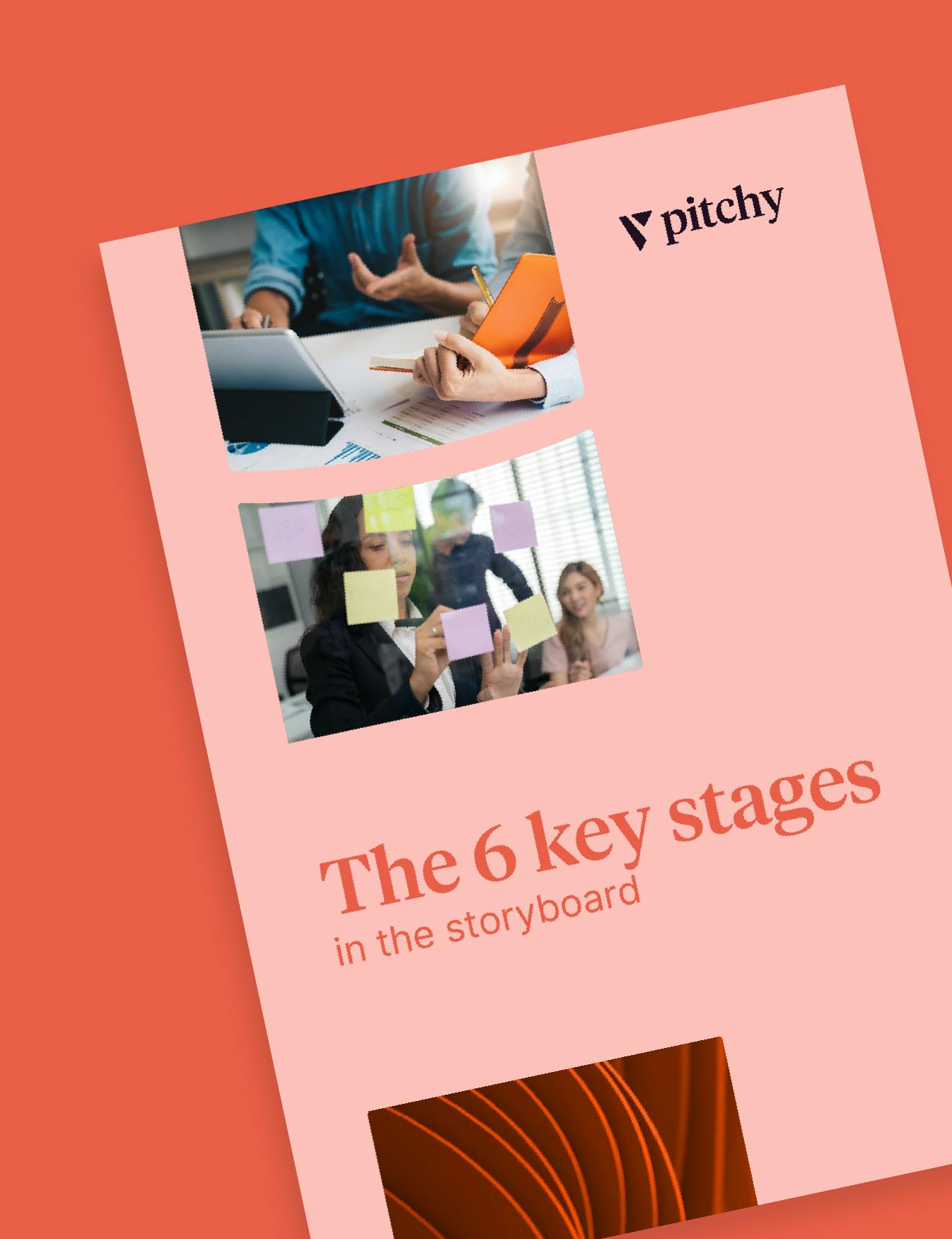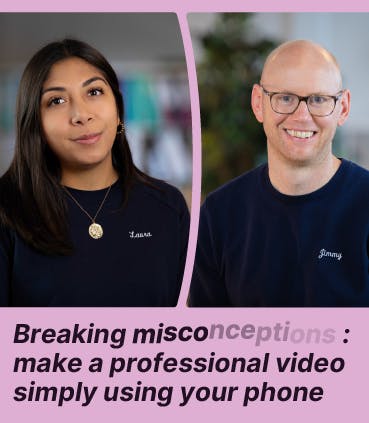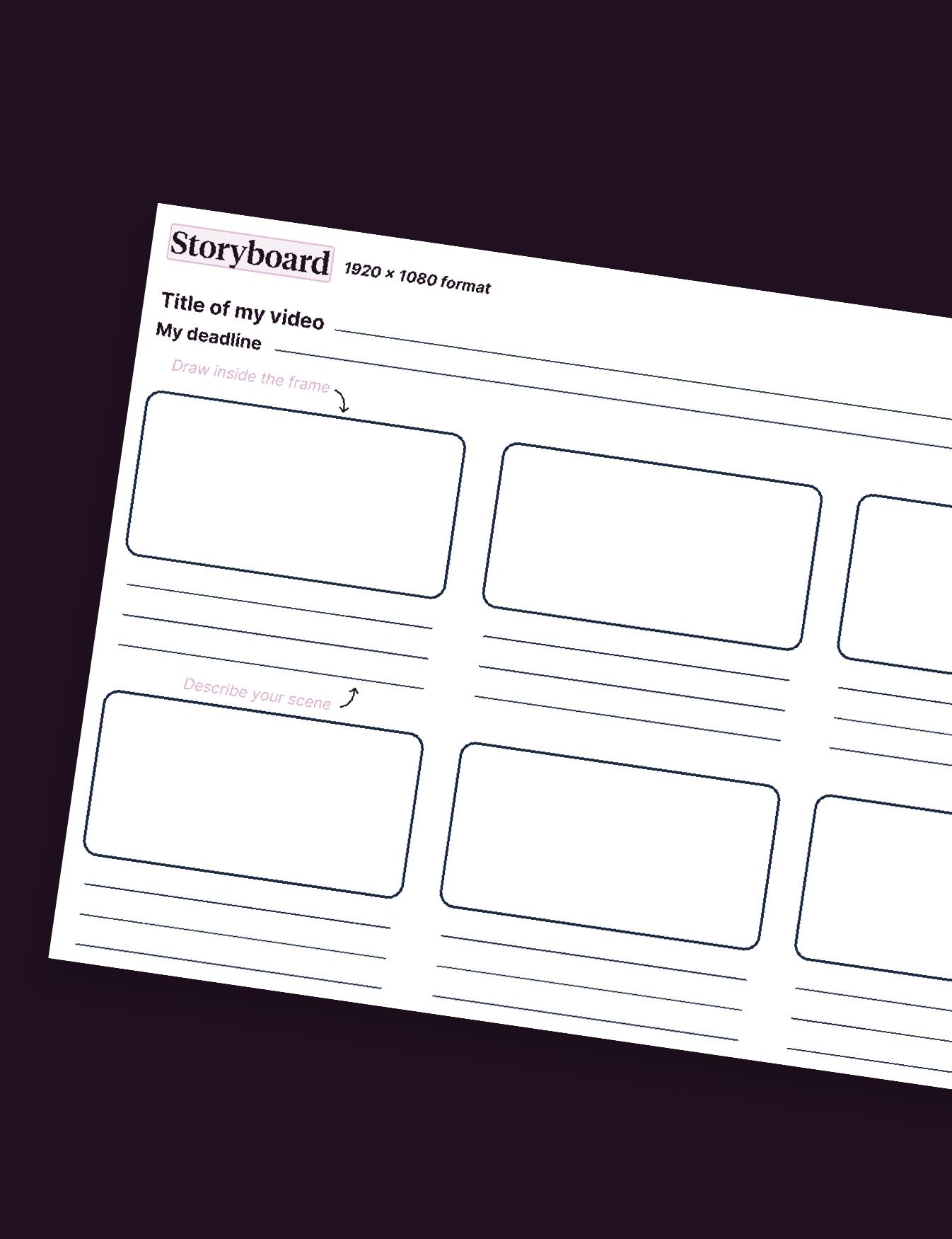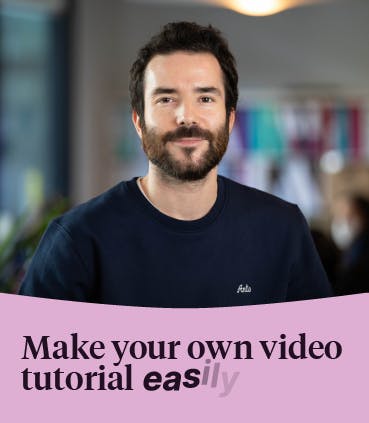Benefits of Video Marketing For Your Business

During the last decade, companies of all sizes use video marketing the most to attract and convert more viewers, prospects and customers.
Do you remember the Buggles’ song called Video killed the radio star? It seems that the title of this song can be adapted to digital content creation as well.
Indeed, during the last decade, companies of all sizes use video marketing the most to attract and convert more viewers, prospects and customers. And finally, get more insights, roi and conversions!
Over the years, many corporations have understood that compelling stories will help them to be more reachable by their audience, especially on social media. This is why the benefits of video marketing must be understood by companies who want to solidify their brand on this day and age.
But first, hat is a video marketing? What can be its powerful benefits?
Marketing video is different from explainer video. It’s not just there to explain something, but should incite action: for example, to sign up for your webinar, to request a demo of your product. The goal is to get more consumers for your business.
Why should you use video marketing for your target audience?
Video ads must become an essential tool in any company’s content strategy for many reasons. First of all, it is memorable as animated videos allow marketers to multiply by five times the memorization rate of their content.
Second, animation is visual and makes it easier to teach complex concepts in a funny and engaging way. Added to that, it has a longer exposure of your posts on social networks than images or text. On the contrary, the same content would require more focus from users who read a text on a blog, rather than a short video. Since the average attention span of a website visitor is 12 seconds per topic, marketers can serve the same purpose in a short and engaging animated video.
For all these reasons, video ads have become the most sought-after tool to promote a brand. It also enables marketers to convert prospects more easily and to efficiently track the performance of their marketing campaigns.
Video marketing helps to grow companies’ revenue, to reach your goal
According to the statistics collected by the Aberdeen Group, companies who use video marketing grow their revenue 49% faster year after year that companies who don’t.
Video marketing increases companies’ conversion rate, measurable in metrics and stats (video marketing statistics)
According to the Aberdeen Group, companies who use video marketing have 34% higher web conversion rates. Also, if they use video to promote their business on a landing page, they can increase their conversion rate by 86%.
That’s why companies can make the most of their promotional videos on their website to capture the attention of their future and present customers. In that perspective, the video’s message must be clear, concise and accurate.
Video marketing helps companies to improve their SEO rankings
Video marketing can perform literal miracles as far as their SEO ranking is concerned. Indeed, websites who use video in an effective manner increase their likelihood of being ranked in the first pages of Google, according to research from Forrester.
Moreover, 55% of search results for keyword searches in the United States have shown that videos will appear at least once. Therefore, if companies have videos on their website, besides the time spent on their website, they will increase the number of clicks.
Video marketing helps companies to be more relatable to their audience
Nowadays, consumers expect companies to be closer and relatable to them, especially with the rise of social media. Testimonial video simply filmed with a smartphone is the effective medium to make a brand more connected with the consumers’ needs and expectations.
Indeed, testimonial videos convey more authenticity to your brand with real people talking about the impact of your products and services in their lives. People making testimonial videos become true ambassadors of your company and bring a more humane image to your brand.
Also, video can be shared easily, especially on social media. With this potential of virality, companies can increase their engagement rate and spread the message conveyed by companies. In that case, video marketing helps to increase the digital visibility of companies (especially influencers).
Hire a marketing expert to help you with your video marketing strategy, and video marketing statistics
Are you a company (or an entrepreneur) who wants to use video marketing to increase your sales and engage more prospects? If it’s your case, Pitchy can help you out.
Whether you want explainer videos or promotional videos for your business, Pitchy offers you its savoir-faire to implement a tailored video marketing strategy that will suit your needs. For more information, feel free to contact us.
In a few words, the benefits of video marketing are multiple for companies. Indeed, it increases their conversion rates, grows their revenue, improves their SEO rankings and make them relatable to their audience. For more information on this topic, contact us.
Here are some examples of video marketing you can make with an online video editor
A teaser for your upcoming events, to encourage subscription
Short videos called snack content for social media such as youtube
A video with visuals to promote your new product
Customer testimonial, to drag new prospects, on linkedin for example
Would you also like to make more videos for your company? Our tool allows you tp create tutorials, webinars, interviews, infographics…in our Pitchy academy, you can also find some tips to deal with post-production, without being a video professional. To shoot your video, you will only need your smartphone (or an iphone), and a microphone, to catch the sound. Afterwards, when you have your video rushes, you can on Pitchy, choose a customizable template, and import your images, photos, logo, watermark…Then, you will be able to deal sequence per sequence, to add text or subtitles (so your video marketing can be watched without the sound turned on), and motion design to show your brand identity to the viewer on his/her iphone.
To create more video content, work with influencers, and get a lot of views, Request a demo of the Pitchy platform.
Resources
